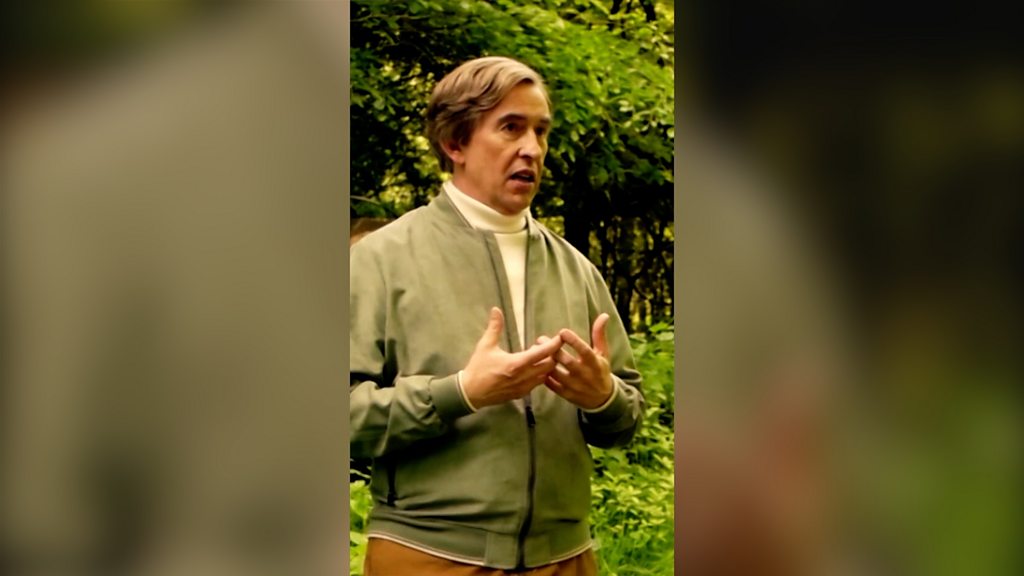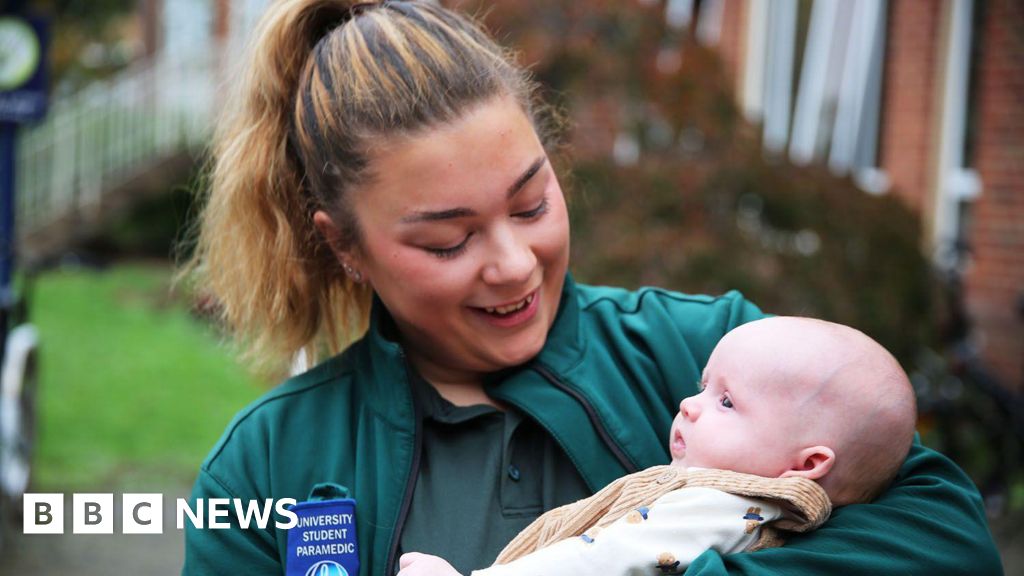At a meeting of top conservation groups this week, a bioethics question took center stage: Should scientists be allowed to tinker with the genes of wild plants and animals?
The tentative consensus so far seems to be yes.
In a vote Tuesday, the International Union for Conservation of Nature (IUCN) approved further exploration of the use of genetic engineering tools to aid in the preservation of animal species and other living organisms.
The decision is not a full-throated endorsement of the practice, but it could nonetheless have wide implications. Researchers are already pursuing projects that involve changing some species’ DNA. Scientists are genetically modifying mosquitoes to reduce transmission of diseases like malaria, for example, and synthesizing horseshoe crab blood, which is used in drug development.
Controversial efforts to “de-extinct” archaic creatures — such as the so-called “dire wolf” that a biosciences company announced it had revived this spring — fall under the umbrella, as well. So do possibilities like modifying organisms to help them adapt to a warming world, which are on the table but further off in development.
A horseshoe crab. (John Tlumacki / The Boston Globe via Getty Images)
“The science is here, it’s happening,” said Susan Lieberman, vice president of international policy with the Wildlife Conservation Society. “Maybe there are times when genetically modified organisms can be tested and cautiously and ethically introduced into the environment.”
She said that the new framework represents a “landmark step,” and that the measure could allow conservationists to consider new ways to address the risks of climate change or test new methods of suppressing disease.
The IUCN — a large group of conservation organizations, governments and Indigenous groups with more than 1,400 members from about 160 countries — meets once every four years. It is the world’s largest network of environmental groups and the authority behind the red list, which tracks threatened species and global biodiversity.
This year’s meeting was in Abu Dhabi, and the affirmative vote on what’s known as “synthetic biology” establishes a new framework for evaluating genetic engineering projects and potentially implementing them in the wild. The measure calls for scientists to evaluate such projects on a case-by-case basis, be transparent about risks and benefits of potential actions and take a precautionary approach to genetic engineering, among other principles. The decision is applicable to work on a range of organisms, including animals, plants, yeasts and bacteria.
A separate measure, a proposed moratorium on releasing genetically modified organisms into the environment, failed by a single vote.
The IUCN’s decisions don’t have legal implications, but the approval carries a symbolic weight and has the potential to drive policy internationally, said Jessica Owley, a professor and environment law program director at the University of Miami.
“IUCN is a pretty powerful and recognized force in conservation. People listen to them and governments listen to them. They’re major players in some treaties,” she said. “You can think of it as a precursor to language that you might see become law.”
Organizations that had wanted a moratorium on releasing genetically engineered organisms into the wild say there isn’t enough evidence that it can be done safely and responsibly.
“I’m disappointed,” said Dana Perls, a senior food and agriculture program manager with the nonprofit Friends of the Earth. “We need to focus on contained research that doesn’t make our environment a live experimental field trial.”
As an example, she pointed to the possibility of genetically modifying mosquitoes so that they can resist the parasites that cause malaria. The disease kills more than half a million people each year, so in order to lower that death toll, scientists have proposed pushing this resistance to malaria to become widespread into the broader mosquito population — a practice called genetic drive.
Genetically modified Aedes aegypti mosquitoes in Sao Paulo state, Brazil, in 2024. (Jonne Roriz / Bloomberg via Getty Images file)
Perls cautioned that technology like this could have unforeseen risks and would be impossible to reverse.
“IUCN just has really failed to caution even against high risk applications such as gene drives and genetic extinction technology that could cause irreversible harm to biodiversity,” she said.
Debates about how much humans should monkey with animal genetics ratcheted up this spring after the company Colossal Biosciences made a splashy announcement that it had used gene-editing technology to “restore” the dire wolf, an extinct species. The company published photos of genetically engineered dire wolf puppies it had created in the lab.
Some critics described the project as a stunt that merely edited some key genes of gray wolves. Others questioned the utility of restoring a species whose habitat no longer exists.
But Matt James, the executive director of the company’s nonprofit arm, the Colossal Foundation, said the “tools that led to the creation of the dire wolf can be directly applied to critically endangered species today.”
He supports the newly passed IUCN measure. Colossal has no plans to release the dire wolves into the wild, according to its website.
“The restoration of extinct species, the preservation of currently endangered species, doesn’t work without habitat and habitat preservation,” James said. “So it really is a sort of hand-in-hand approach of conventional conservation and new technology that will really unlock wins for our fight against biodiversity loss.”
The notion of introducing genetic engineering into wild ecosystems would have been considered a nonstarter in most conservation circles a decade ago, according to Owley. But the intensifying effects of climate change and other stressors to biodiversity are bolstering arguments in favor of human intervention that could make endangered species resistant to those threats.
“Could we help them survive by introducing genes that will make them more tolerant of hotter temperatures?,” Owley said. “A lot of people will say, ‘No, you can’t edit genes. And other people will say, ‘Absolutely that’s what we need to do in a changing world.’”
The IUCN vote, she added, reflects a feeling of desperation among conservationists and governments, as existing regulations and conservation efforts fall short and species continue to disappear worldwide.
“Our laws and conservation methods need to do something different,” Owley said. “That’s why something like this is worth looking at it.”
This article was originally published on NBCNews.com

 German (DE)
German (DE)  English (US)
English (US)  Spanish (ES)
Spanish (ES)  French (FR)
French (FR)  Hindi (IN)
Hindi (IN)  Italian (IT)
Italian (IT)  Russian (RU)
Russian (RU)  16 hours ago
16 hours ago
























Comments